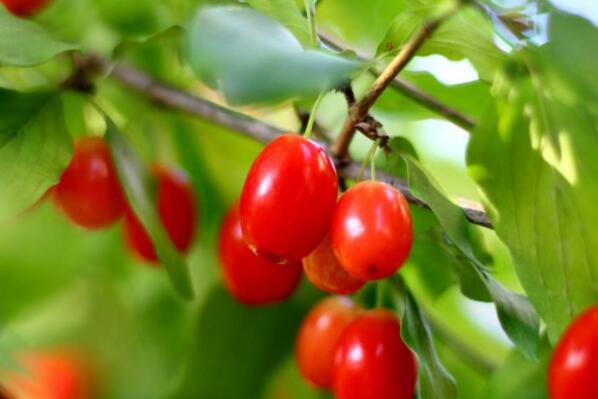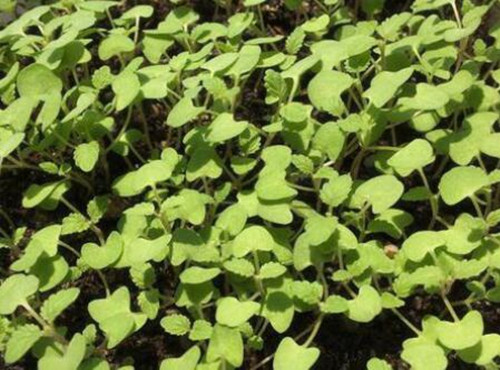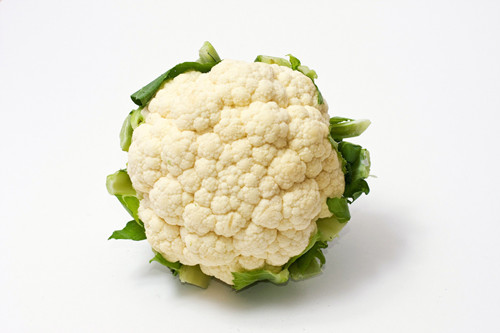What does the deciduous tree dogwood look like? How much are the seeds and saplings? What are the planting techniques?
Cornus officinalis, also known as cornus meat, jujube, chicken foot, cornus meat, medicinal jujube, Tianmu seed, jujube, florescence 3-4 months; fruiting period 9-10 months. So what does it look like? How much are the seeds and saplings? What are the planting techniques? It is learned from the grower Uncle Wang that the sapling of 5CM of Cornus officinalis is about 35.00 yuan per tree.

What does dogwood look like?
1. Deciduous trees or shrubs, 4-10 m tall; bark grayish brown; branchlets cylindric, glabrous or sparsely Adnate pubescent; winter buds terminal and axillary, ovate to lanceolate, yellowish brown pubescent. Leaves opposite, papery, ovate-lanceolate or ovate-elliptic, 5.5-10 cm long and 2.5-4.5 cm wide, apex acuminate, base broadly cuneate or nearly rounded, entire, green above, glabrous, light green below, sparsely white Adnate pubescent, vein axils densely brownish tufted, midrib conspicuous above, raised below, nearly glabrous, lateral veins 6-7 pairs, arched inward Petiole finely Terete, 0.6-1.2 cm long, with shallow grooves above, rounded below, slightly Adnate sparsely pilose.
2. Umbels arising from branches, with involucral bracts 4, ovate, thickly papery to leathery, ca. 8 mm, purplish, slightly pubescent on both sides, glabrescent after flowering; total pedicel stout, ca. 2 mm, slightly gray pubescent; flowers small, bisexual, first leaves open; calyx lobes 4, broadly triangular, as long as or slightly longer than disk, ca. 0.6 mm, glabrous. Petals 4, ligulate-lanceolate, 3.3 mm long, yellow, revolute; stamens 4, alternate with petals, 1.8 mm long, filaments subulate, anthers elliptic, 2-loculed; disk cushion, glabrous; ovary inferior, receptacle Obovate, ca. 1 mm, densely Adnate sparsely pilose, style Terete, 1.5 mm long, stigma truncate; pedicel slender, 0.5-1 cm long, densely sparsely pilose.
3. Drupe is long oval, 1.2-1.7 cm long, 5-7 mm in diameter, red to purplish red; nuclear bone, narrowly elliptic, about 12 mm long, with several irregular rib lines.
How much is the price of dogwood seeds?
The price of dogwood seeds is about 20-30 yuan per jin, but it varies according to the quality, variety, origin and market of seeds. Cornus officinalis is a positive tree species in warm temperate zone, with a suitable temperature of 20-30 ℃, strong cold resistance, short-18 ℃ low temperature, shade tolerance but sufficient light, and should be planted in well drained, rich organic matter, fertile sandy soil. Propagation methods include sowing, striping, cutting, grafting and so on. Seed propagation and grafting are mainly used in production. It can be sowed in spring, summer and autumn, and planted all over the country.
What are the planting techniques of Cornus officinalis?
1. The outer skin of Cornus officinalis seeds is hard and rich in colloid, so it must be soaked and degreased before sand storage treatment. The method is: pour the seeds into a corrosion-resistant container, then weigh the white alkali according to the proportion of 8%, slowly pour the alkali into heated water to dissolve it, and then pour the alkali solution into the container containing the seeds, and the alkali solution is suitable to extract 3-5CM from the seed noodles. Stir with sticks 3-5 times a day. After 3 days, take out the seeds and pour out the leftover water, and then soak the seeds with the ratio of 3-5% alkali to seeds according to the above method, for 2 days, before and after 5 days, rinse the seeds with clean water, rub repeatedly or grind the shell with a ball mill to make the outer seed shell thinner obviously, then dry the seeds to 70% dry and set aside.
2. The germ of Cornus officinalis seeds is post-mature, and it needs a period of natural dormancy after collection, so sand storage is very important. In order to break the excessively long dormancy period, there must be a suitable temperature for budding. The method is:
(1) choose sunny, dry and well-drained land to dig pits, and the size of the treatment pits depends on the number of seeds. The pit should not be too deep, generally 20-30CM is suitable.
(2) use cow, sheep, mule and horse dung of about 3CM; sprinkle 1-2CM thick fine sand on the dung, and then spread the seeds evenly on the sand. Thickness 2-4CM should not be too thick, so as not to affect the quality of budding. Sprinkle a thin layer of sand on the seeds, then spread 3CM thick cow, sheep, mule and horse dung, and sprinkle a layer of sand on the dung. So layer by layer, generally 3-4 layers can be. Too thick to promote germination is not enough, affecting the rate of budding.
3. Temperature is one of the necessary conditions for seed germination. In the rapid treatment of Cornus officinalis seeds, the appropriate temperature can also break the long dormancy period of seeds and promote early germination. Generally speaking, the methods adopted are:
(1) greenhouse heating method
(2) Fire path heating method
(3) heating in plastic greenhouse. Among the three, the plastic greenhouse method has lower cost and is more convenient and commonly used. According to the size of the treatment pit, the bow shed method is adopted to cover the film. Tighten up with Hadron to prevent the wind from blowing.
4. After the greenhouse is erected, the daily management is also very important. There are three main technical points:
(1) moisture: because the seeds of Cornus officinalis have fully absorbed water in the process of soaking and degreasing, in sand storage, unless the sand is very dry, generally do not water to prevent the seed germ from rotting.
(2) ventilation: seeds are also life and need necessary breathing, so it is necessary to open a corner of the greenhouse once a month to benefit the wind. 8-12 hours at a time
(3) time: after seed treatment, the shed should be opened for inspection in 3-4 months. When 10-20% of the seeds are found to be broken in shell and the germ is in a state of germination and growth, they can be planted. In order to avoid excessive growth affecting the seedlings and wasting seeds.
5. Sowing and raising seedlings:
With over-germinated seeds, the general germination rate can reach more than 60-70%, 40-50 kg per mu of seedlings, 30-60, 000 fertile commercial seedlings, calculated at 0.5 yuan per plant, the annual output value per mu is more than 15000 yuan, and the benefit is very considerable.
In addition, there is another method to accelerate germination after soaking seeds in human feces and urine, but this method is affected by temperature, climate, PH value of human feces and urine and other factors, so the soaking time is not easy to grasp, although the cost is low, but the germination rate and success rate are also low.
In addition, there are several methods of rapid seed soaking with sulfuric acid, caustic soda or hormone, but because the concentration of acid and alkali is not easy to grasp, although the shell is corroded, it is easy to damage the seed germ, so it is not used in production practice.
Time: 2019-03-20 Click:
- Prev

How long does the cat mint seed sprout? How do you plant it? What's the effect on cats?
Cat mint, alias: camphor grass, cold mint, balsam, mint, mint, fennel, Schizonepeta, Schizonepeta, Elsholtzia splendens and so on. Cultivated in China, Gansu, Shaanxi, Shanxi, Henan and Shandong. So, how long does it take for cat mint seeds to sprout? How do you plant it? What's the effect on cats?
- Next

How much is organic cauliflower per jin? What's the difference between and cauliflower? How's the output? Attached planting technique
When going to the market to buy cauliflower, I often hear some vegetable vendors say how good their cauliflower is, it is organic cauliflower, and its nutritional value is higher than that of ordinary cauliflower, so the price is higher. Many consumers are skeptical when they hear this because they don't know the difference between organic vegetables and cauliflower. actually
Related
- Fuxing push coffee new agricultural production and marketing class: lack of small-scale processing plants
- Jujube rice field leisure farm deep ploughing Yilan for five years to create a space for organic food and play
- Nongyu Farm-A trial of organic papaya for brave women with advanced technology
- Four points for attention in the prevention and control of diseases and insect pests of edible fungi
- How to add nutrient solution to Edible Fungi
- Is there any good way to control edible fungus mites?
- Open Inoculation Technology of Edible Fungi
- Is there any clever way to use fertilizer for edible fungus in winter?
- What agents are used to kill the pathogens of edible fungi in the mushroom shed?
- Rapid drying of Edible Fungi

